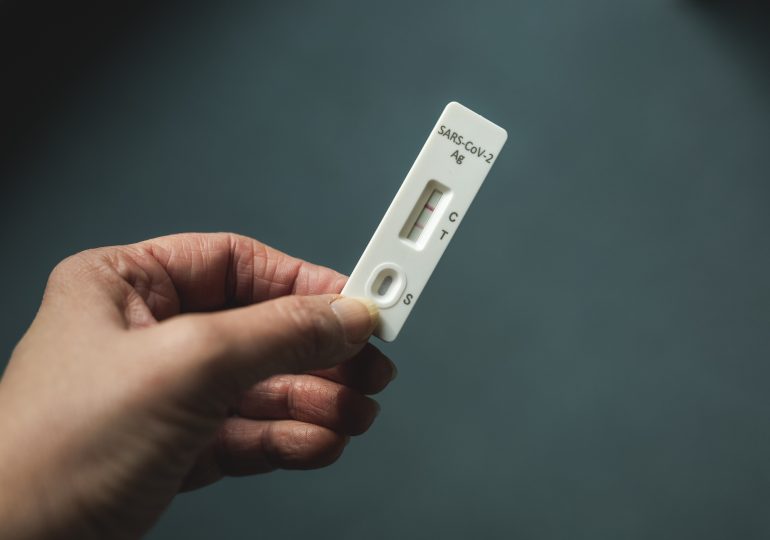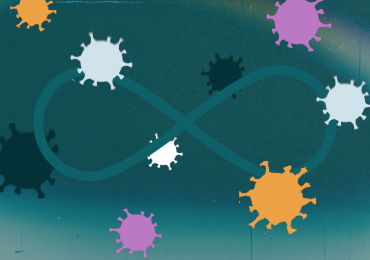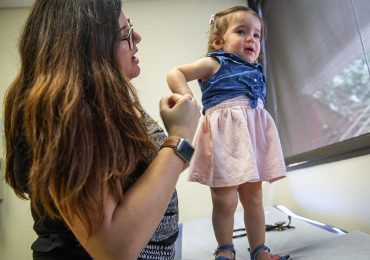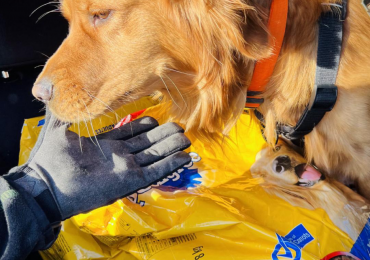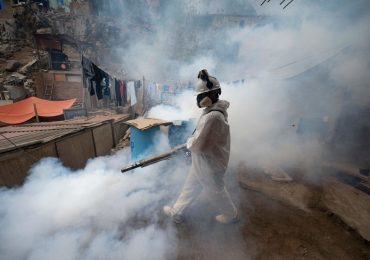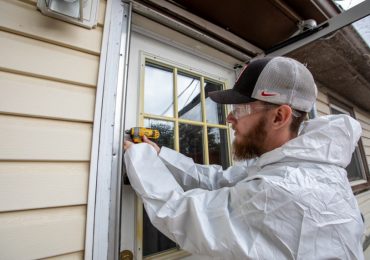COVID-19 doesn’t always affect people the same way. If someone gets sick, for example, not everyone in that person’s close social circle will get infected—even if they recently spent time together. But why? In a paper recently published in Nature Communications, researchers delve into the different factors at play, from genetics to public health interventions, all of which affect how a virus spreads from one person to another.
[time-brightcove not-tgx=”true”]
They found that at the beginning of the pandemic, environmental factors like social distancing, isolation, hand washing, mask wearing, and vaccination played a bigger role in whether people got infected, while over time, genetic factors have become more important. Now, genetics may account for anywhere from 30% to 70% of one’s chance of getting COVID-19, they concluded.
To reach that estimate, the researchers studied the health records from more than 12,000 people (who came from about 5,600 families total) who tested positive for COVID-19 at a large New York City hospital from Feb. 2020 to Oct. 2021. To capture the role that non-genetic factors, such as a person’s environment, play in their chance of getting infected with the virus or how severely ill they got if they were infected, they also categorized each person’s potential exposure by weighing factors like who lived in their household, contact with their extended family, and what kind of housing they had.
Read More: When Will We Get New COVID-19 Drugs?
At the beginning of the study, the researchers estimated that genetics accounted for about 33% of a person’s likelihood of getting infected, while by the end, genetics accounted for 70%. That’s a huge jump from previous studies, which estimated that a person’s genes only explained about 1% of their likelihood of infection. This indicates that more genes are likely contributing than previously thought.
“We don’t know what the specific genetic variants are yet, but we do know there are other genetic variants that confer some sort of susceptibility, which might explain why some people are reinfected multiple times and others seem resistant even if they are family members living together,” says Nicholas Tatonetti, associate professor of computational biomedicine at Cedars-Sinai and senior author of the paper.
Why did genetics gain a bigger role as the pandemic progressed? At the beginning of the outbreak, public health measures such as mask mandates, lockdowns, and isolation practices had a bigger influence on who got infected, since nearly everyone was encountering SARS-CoV-2 for the first time and had little immunity to fend off the virus. But as people became infected and vaccinated, those environmental factors became more homogenized, and genetic factors related to people’s different immune responses began to emerge as the more prominent driver of who got infected and to what extent.
It’s not an exact science, but Tatonetti says this type of modeling can help public health experts understand when interventions like masks are most impactful. And it seems to be at the start of outbreaks. “These results show that public health practices really do matter, and they worked,” he says. That’s important to remember, since genetic factors are out of our control—while behavior changes can help us tip the balance, at least somewhat, in our favor.
Leave a comment

